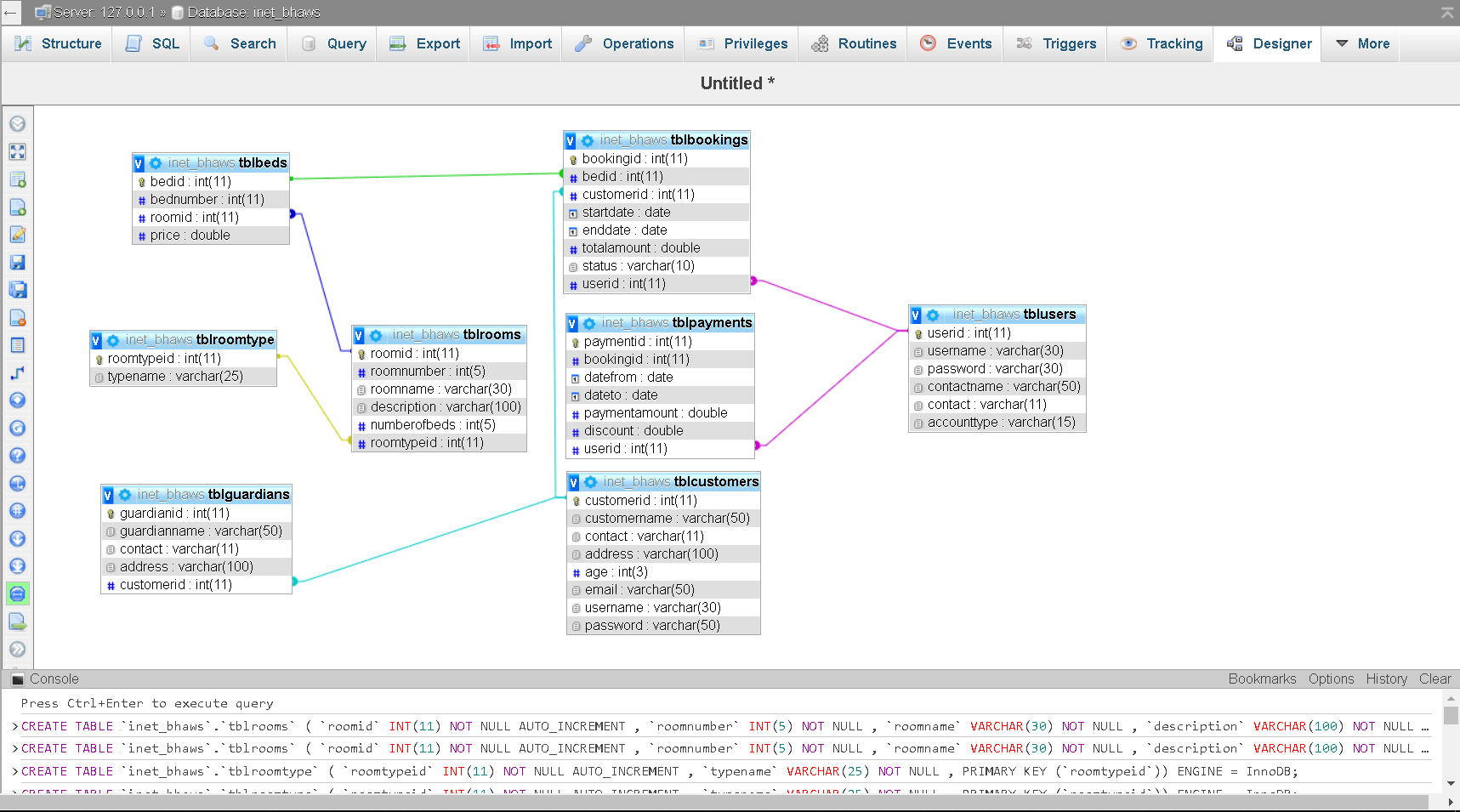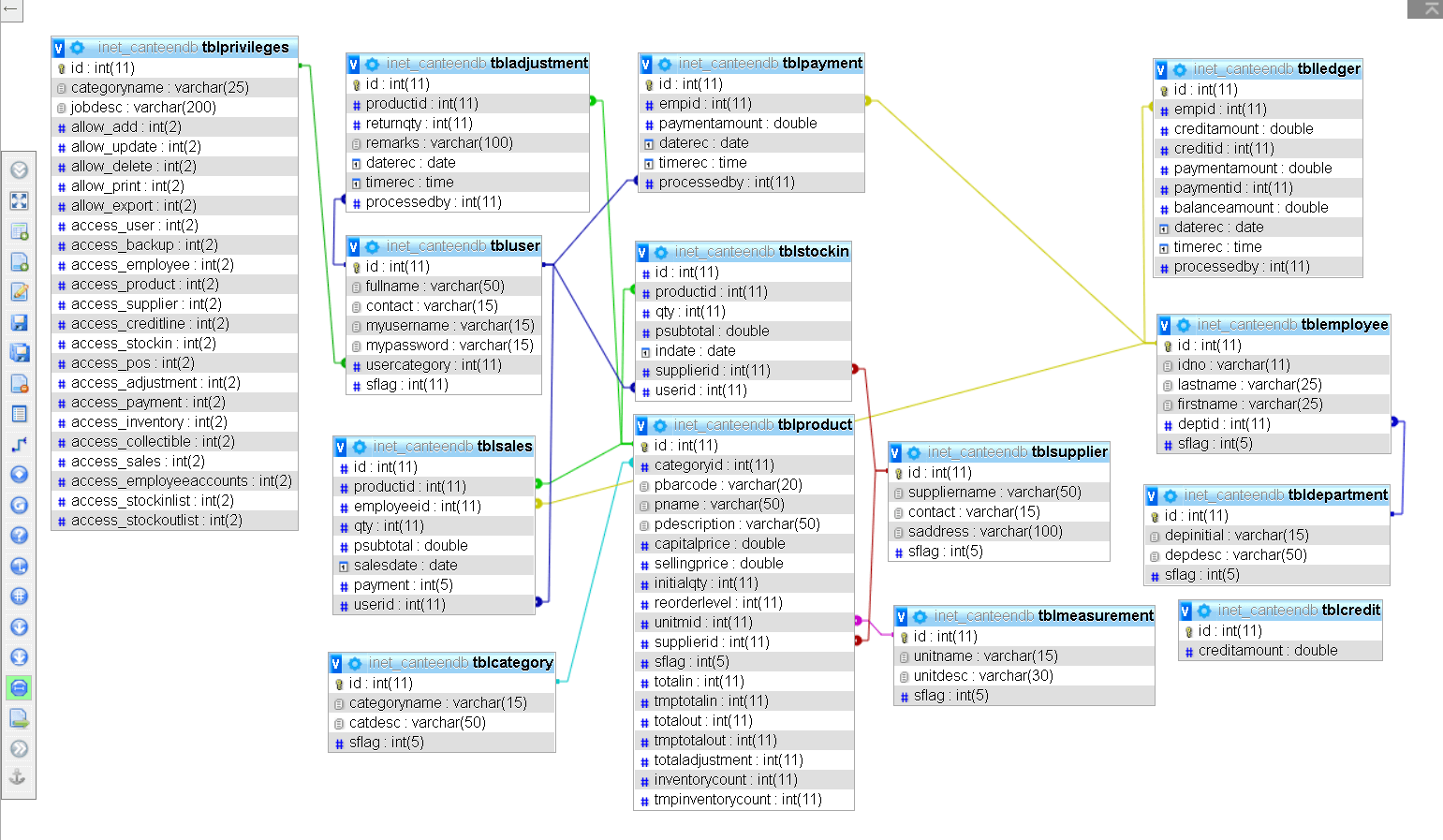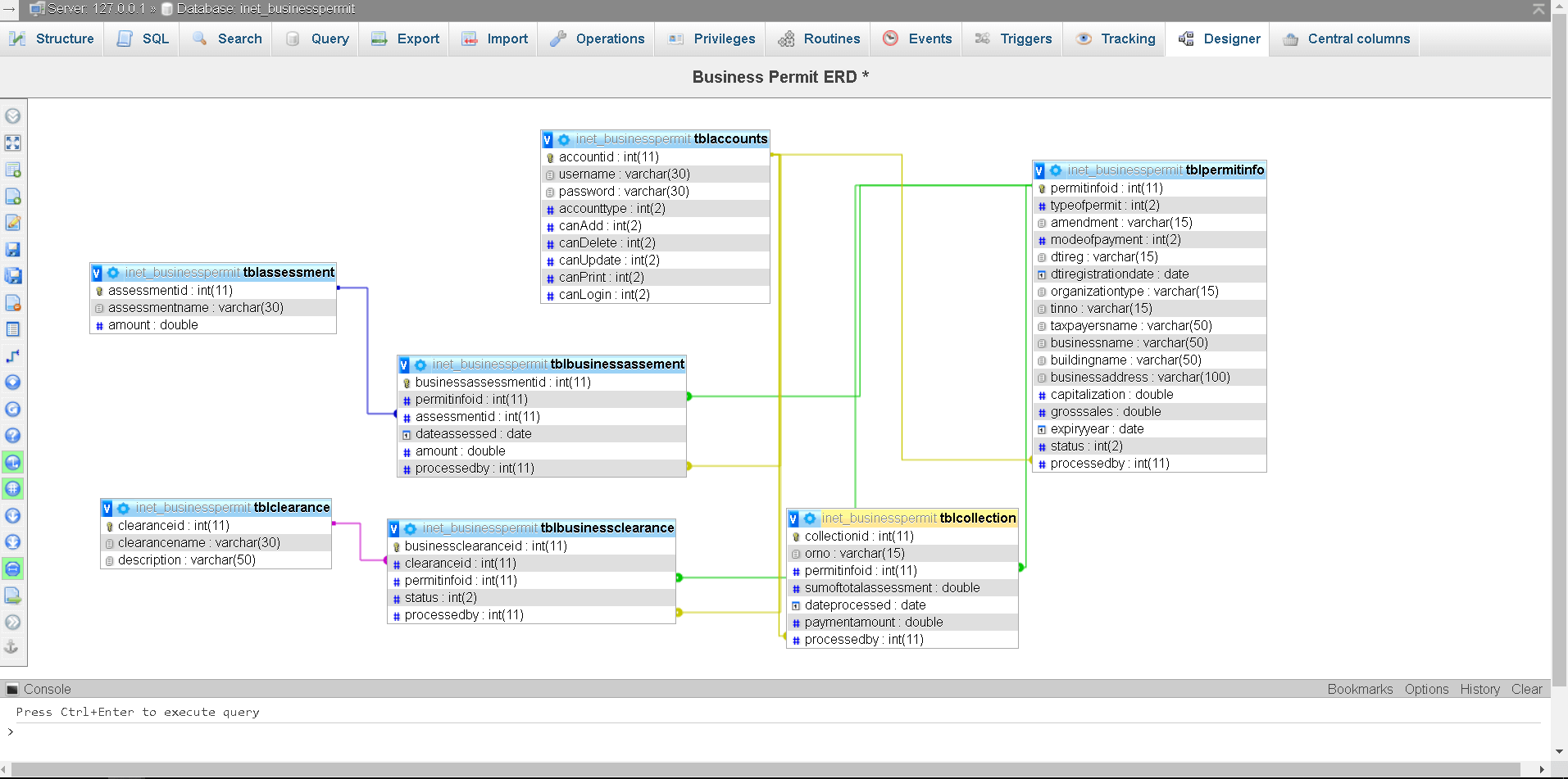Title: Web Based Boarding House and Dormitory Management System
Introduction and Description of the Study:
Boarding Houses provide low-cost accommodation to some of the most marginal and disadvantage members of our community. Residents occupy a precarious position in the private housing market, are generally of low income and many also have physical, intellectual, social and psychological difficulties which affects their everyday functioning to varying degrees. In the continuum of housing security, living in a boarding house is an insecure and commonly inadequate option, and there is increasing acceptance nationally of a definition of homelessness which categories residents of boardinghouses as ‘tertiary homeless’.
Source: https://www.academia.edu/28225181/Chapter_1_Problem_and_its_Scope
Current System
Most of the dormitories and boarding houses are using manual process on how to monitor the payments of customers, availability of rooms and other reports.
With manual operation, records are not accurate reliable and sometimes it’s not secured. In order to solve the current issues, the proponents decided to develop Boarding House and Dormitory Management System.
Proposed System
The project entitled Boarding House and Dormitory Management System is a project designed and developed using web technologies such as PHP, MySQL and Bootstrap. Since the project is a browser or web based, it simply means that it will work online and it can also be implemented in offline settings.
The system was developed to improve and provide solutions to the needs of boarding houses and dormitories as well. With this system, it will be easier for the managers and landlords/landladies to enter the information, process and provide accurate records.
General Objectives
The main objective and target of the proposed study is to design and develop a Boarding House and Dormitory System which can solve the problems presented above. The objective can be achieved by designing a browser based or web based application that will convert the manual process into computer based.
Specific Objectives
- The following are the specific objectives of the study:
- Design and develop a user-friendly environment for the end-users
- To create a centralized records for the management and customers as well
- To lessen and minimize the workload of the management
System Features and Modules
The Boarding House and Dormitory Management System has three types of users with different roles, permissions and privileges.
Administrator account can access the following modules:
- Customers’ module – information of student and customers
- Room Information – information of rooms such as room name and price
- User Accounts – information of other users that can access the system
- Report Module – different reports that the system can generate (billing and income report)
Encoder account can access the following modules:
- Customers’ module – encoder can only add, update and search for information of customers
- Room Information – encoder can only add, update and search for information of rooms
- Booking module – can confirm and process bookings and reservations
- Payment module – accept payment and record transactions
Customer account can access the following modules:
- Room Information – can view information of rooms and availability
- Booking Information – can view, book and reserve a room
- Payment Information – can view payment transactions
Beneficiaries
Customers – viewing of updated and accurate records
Management – the system will provide a well-organized and guaranteed record keeping system with minimum space and effort need.
Database Schema with description of table:
tblrooms (roomid, roomnumber, roomname, description, numberofbeds, roomtypeid)
CREATE TABLE `inet_bhaws`.`tblrooms` ( `roomid` INT(11) NOT NULL AUTO_INCREMENT ,`roomnumber` INT(5) NOT NULL , `roomname` VARCHAR(30) NOT NULL , `description`VARCHAR(100) NOT NULL , `numberofbeds` INT(5) NOT NULL , `roomtypeid` INT(11) NOT NULL, PRIMARY KEY (`roomid`), INDEX (`roomtypeid`)) ENGINE = InnoDB;
Rooms table will store information of room such as the room number, name, number of beds and its room type or category.
tblroomtype (roomtypeid, typename)
CREATE TABLE `inet_bhaws`.`tblroomtype` ( `roomtypeid` INT(11) NOT NULL AUTO_INCREMENT, `typename` VARCHAR(25) NOT NULL , PRIMARY KEY (`roomtypeid`)) ENGINE = InnoDB;
Room type table will store information on the different types of rooms in the boarding house or dormitory
tblbeds (bedid, bednumber, roomid, price)
CREATE TABLE `inet_bhaws`.`tblbeds` ( `bedid` INT(11) NOT NULL AUTO_INCREMENT ,`bednumber` INT(11) NOT NULL , `roomid` INT(11) NOT NULL , `price` DOUBLE NOT NULL ,PRIMARY KEY (`bedid`), INDEX (`roomid`)) ENGINE = InnoDB;
Beds table will hold information on the different types of beds and its price.
tblcustomers (customerid, customername, contact, address, age, email, username, password)
CREATE TABLE `inet_bhaws`.`tblcustomers` ( `customerid` INT(11) NOT NULL AUTO_INCREMENT, `customername` VARCHAR(50) NOT NULL , `contact` VARCHAR(11) NOT NULL , `address`VARCHAR(100) NOT NULL , `age` INT(3) NOT NULL , `email` VARCHAR(50) NOT NULL ,`username` VARCHAR(30) NOT NULL , `password` VARCHAR(50) NOT NULL , PRIMARY KEY(`customerid`)) ENGINE = InnoDB;
Customers table will hold and store basic information of customers such as name, contact, address and its username and password. Customers can login with their accounts, view and monitor their transactions and payments.
tblguardians (guardianid, guardianname, contact, address, customerid)
CREATE TABLE `inet_bhaws`.`tblguardians` ( `guardianid` INT(11) NOT NULL AUTO_INCREMENT, `guardianname` VARCHAR(50) NOT NULL , `contact` VARCHAR(11) NOT NULL , `address`VARCHAR(100) NOT NULL , `customerid` INT(11) NOT NULL , PRIMARY KEY (`guardianid`),INDEX (`customerid`)) ENGINE = InnoDB;
Guardians table will store information on the guardians of students, it includes the name, contact and address.
tblbookings (bookingid, bedid, customerid, starteddate, enddate, totalamount, status, userid)
CREATE TABLE `inet_bhaws`.`tblbookings` ( `bookingid` INT(11) NOT NULL AUTO_INCREMENT ,`bedid` INT(11) NOT NULL , `customerid` INT(11) NOT NULL , `startdate` DATE NOT NULL ,`enddate` DATE NOT NULL , `totalamount` DOUBLE NOT NULL , `status` VARCHAR(10) NOT NULL, `userid` INT(11) NOT NULL , PRIMARY KEY (`bookingid`), INDEX (`bedid`), INDEX(`customerid`), INDEX (`userid`)) ENGINE = InnoDB;
Bookings table will record the booking transactions of customers, the table will store the customer info and bed information as well as the started date and end date. The record will be reviewed by the encoder or administrator to confirm the transaction.
tblpayments (paymentid, bookingid, datefrom, dateto, paymentamount, discount, userid)
CREATE TABLE `inet_bhaws`.`tblpayments` ( `paymentid` INT(11) NOT NULL AUTO_INCREMENT ,`bookingid` INT(11) NOT NULL , `datefrom` DATE NOT NULL , `dateto` DATE NOT NULL ,`paymentamount` DOUBLE NOT NULL , `discount` DOUBLE NOT NULL , `userid` INT(11) NOTNULL , PRIMARY KEY (`paymentid`), INDEX (`bookingid`), INDEX (`userid`)) ENGINE =InnoDB;
Payments table will store the payment transactions and history of customers.
tblusers (userid, username, password, contactname, contact, accounttype)
CREATE TABLE `inet_bhaws`.`tblusers` ( `userid` INT(11) NOT NULL AUTO_INCREMENT ,`username` VARCHAR(30) NOT NULL , `password` VARCHAR(30) NOT NULL , `contactname`VARCHAR(50) NOT NULL , `contact` VARCHAR(11) NOT NULL , `accounttype` VARCHAR(15) NOTNULL , PRIMARY KEY (`userid`)) ENGINE = InnoDB;
Users table will store the different users of the system.
ERD/TableRelationship:
The image below shows the relationships of tables for Web Based Boarding House and Dormitory Management System

Web Based Boarding House and Dormitory Management System
You may visit our facebook page for more information, inquiries and comments.
Hire our team to do the project.




